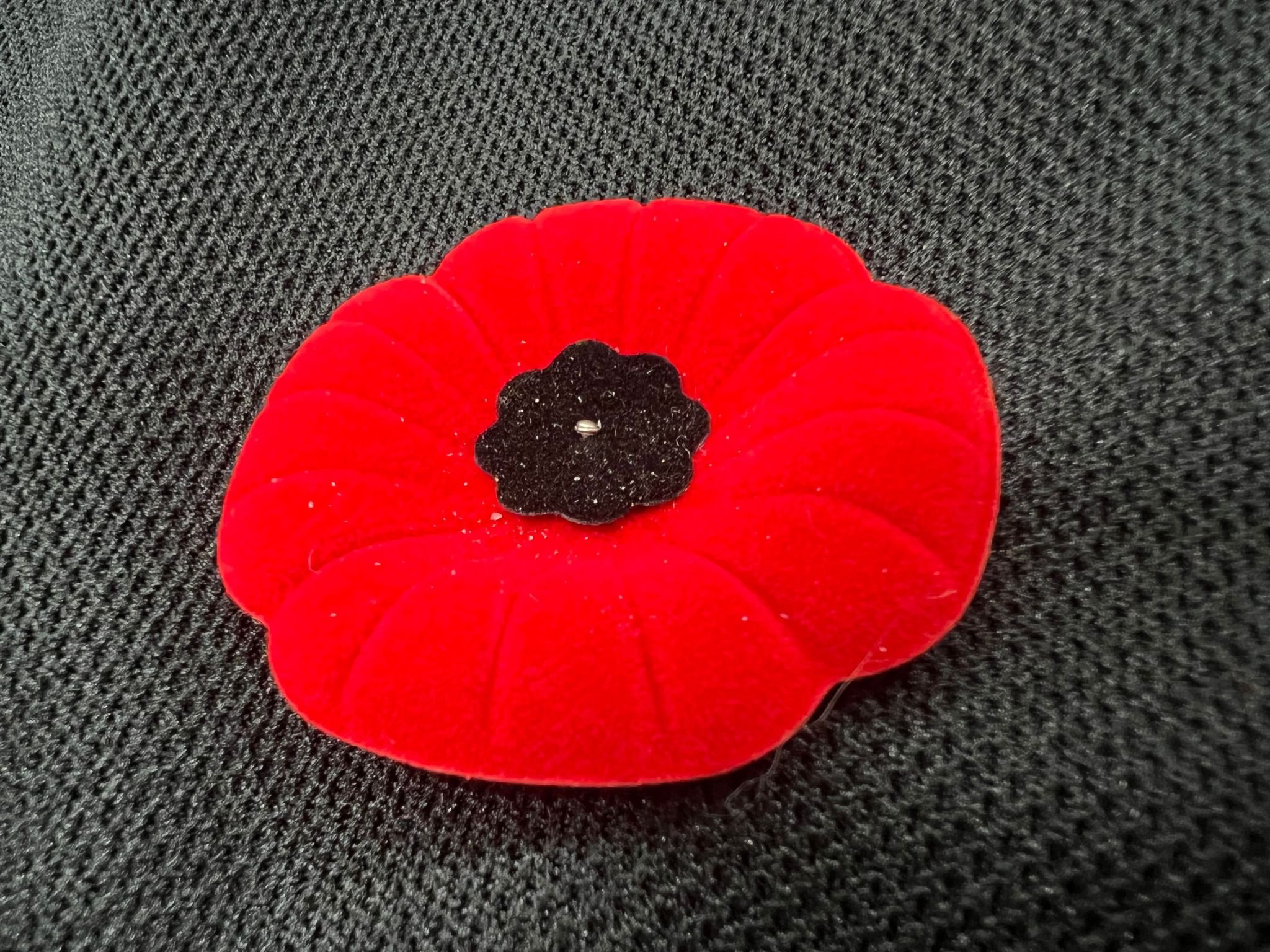PtboCanada
Upcoming Events
sponsored by
Featured
PTBOCANADA is a website about Peterborough, Ontario, Canada. Copyright ©2010-2022, PTBOCANADA Media Inc. All rights reserved.

Upcoming Events
sponsored by
PTBOCANADA is a website about Peterborough, Ontario, Canada. Copyright ©2010-2022, PTBOCANADA Media Inc. All rights reserved.